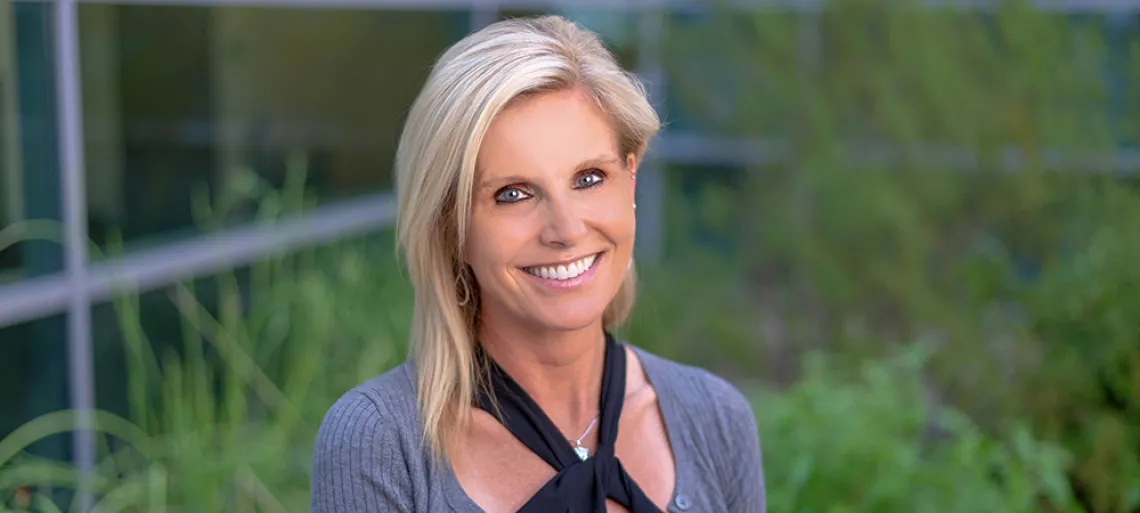Surfing Included in 2021 Olympics Thanks to ‘Practice Diffusion,’ New Eller Research Finds

In 2021, surfing will make its debut as an Olympic sport. This inclusion reflects a 200-year evolution of an indigenous cultural practice that is rooted in the Polynesian Islands and made its way across multiple continents, a multitude of countries and hundreds of coastal areas.
New research by Hope Schau, Eller Professor of Marketing in the Eller College of Management at the University of Arizona, examines how practices such as surfing diffuse or spread across diverse cultural contexts over an extended period of time.
“We trace surfing from Hawaiian origins to European contact to the Christianizing agents who initially impeded its performance by locals and visitors,” says Schau.
The findings from this study uncover a process of practice diffusion that explains how surfing spread and evolved. This process accounts for resistance from competing norms and cultures, but also reveals how social changes occur as surfing is transposed, codified and adapted. This adaptation is evident as surfing evolves and takes on different meanings—from a counter culture, to a mainstream lifestyle to an Olympic sport.
By highlighting the story of Jafar, the first known surfer in Bangladesh, who rode a surfboard on his belly for seven years before learning that others around the world ride it standing, the researchers underscore how material movement—such as a surfboard—on its own does not lead to the spread of a practice.
“It took a group of surfers visiting Bangladesh, making connections between surfing and its underlying meaning, teaching Jafar how to surf standing and incorporating local materials and customs before surfing truly emerged as a global practice,” says Schau.
In other words, it takes more than merely copying a practice to make it so widespread across diverse cultures and national contexts.
“The same is true of products and consumer behavior,” says Schau. “Instead of an outright adoption, combining meaning, materials and action facilitates a perpetual state of adaptation of a practice. We distinguish between initial adoption and sustained use.”
The researchers used historic data such as oral histories, explorer journals, journalistic and historic texts, artifacts (surf gear) and images (photos and drawings of surfing) in addition to ethnographic interviews with prominent surf historians, former professional surfers, surfboard shapers, surf retailers and surfing hobbyists.
This year, while we watch for the first time Olympic surfers, we can understand that the evolution of surfing from an indigenous cultural phenomenon to a global sport reflects the complexity of diffusion itself.
The research is forthcoming in the Journal of Consumer Research and is co-authored with Melissa Archpru Akaka at the University of Denver, and Stephen Vargo at the University of Hawaii.

